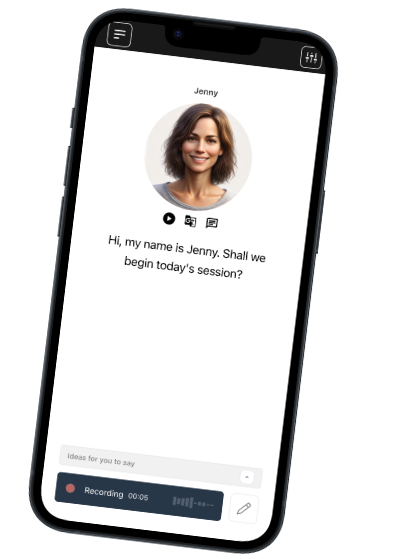Founded in Denmark. We respect your privacy.
Join a worldwide community of language learners
Understanding How Nations Name Themselves: A Global Look at Country Names in Native Languages
Last updated on
Names carry weight. In literature, a name can foreshadow fate, signal identity, or conceal the truth. The same applies to nations. If “Germany” is what outsiders say, but “Deutschland” is what locals know, then which one tells the real story?
You have likely memorized countries from a textbook or travel guide. But step into a local market, listen to a native speaker, and you will realize: the map in your head might be written in someone else’s accent. From 日本 (Nihon) to مصر (Misr), these names are not just translations; they are reflections of history, pride, and self-perception.
Learning what a place calls itself teaches you more than language. It gives you access to how people describe their home, on their own terms. And if you are serious about fluency, that is where the real learning begins.
The Names We Hear vs. The Names They Use
Not every country answers to the name you think it does, and that is not an accident. In language studies, an endonym is the term locals use for their country. An exonym is what others call it. You say “Japan,” but locals say 日本 (Nihon or Nippon).
You know “Egypt,” but in Arabic, it is مصر (Misr). “Greece”? Try Ελλάδα (Elláda) in Greek. So why the mismatch? Sometimes it is a result of colonial records, old trade routes, or phonetic shortcuts taken by early mapmakers. Other times, it is about who had the power to name and rename.
And it is not limited to Europe or Asia. In the Philippines, locals often say Pilipinas, a name tied deeply to national identity, spoken in Tagalog and enshrined in the constitution. In South Africa, the Afrikaans name Suid-Afrika exists alongside English, Zulu, Xhosa, and others reflecting a country shaped by many voices.
But here is the catch: every exonym is a reminder of distance linguistic and cultural. Learning the endonym is not just accurate, it is respectful. It tells your conversation partner, “I hear you the way you see yourself.
Names That Tell Stories: What a Country Calls Itself Says a Lot
When you hear a country’s native name, you are not just hearing words, you are hearing what they have chosen to remember. Take Suomi, the Finnish name for Finland. It likely stems from a proto-Baltic word related to “land” or “people,” but its exact meaning is still debated, proof that even identity can be layered in mystery.
Then there is Shqipëri, Albania’s native name, which translates to “Land of the Eagles,” a proud symbol still found on its national flag. And Norge or Noreg, the Norwegian endonym, is tied to the Old Norse nór vegr, or “northern way,” a quiet nod to geography and seafaring roots.
Now compare that to India, a name filtered through Persian and Greek, and China, a label from outsiders likely rooted in the Qin dynasty. These aren’t wrong but they aren’t the full story either.
Why It Matters: Learning Native Country Names Changes How You Learn
Learning a country’s real name is not just a fun fact, it is a mindset shift. You are not just memorizing vocabulary; you’re stepping into how locals see their world.
Here’s how it deepens your learning:
- You learn real-world pronunciation.
Saying España instead of “Spain” gets your mouth and ears used to native phonetics. Accents, syllables, and rhythm all start to make more sense when you speak the way locals do.
- You build cultural awareness.
Knowing that Nihon means “origin of the sun” tells you more than geography it gives insight into identity and worldview. It is about respect, not just correctness.
- You think context-first, not word-for-word.
Translation apps give you answers. But life-like conversations with native expressions like those found in Talkio train you to understand how people really speak.
Takeaway
Country names are not filler words; they carry history, emotion, and belonging. When someone says Polska instead of Poland, or Magyarország instead of Hungary, they are not being difficult. They are being exact. They are speaking from a place of home.
If you’re learning a language, tuning into native names is one of the quietest yet most powerful ways to connect. It is a simple gesture, but it tells the speaker: I am not just learning your language, I am learning your perspective.
So the next time you hear a name you don’t recognize on the map, pause. Ask. Listen. There is a story there. And the best learners? They are the ones who stay curious enough to keep hearing it.
Talk Your Way
to Fluency

Talkio is the ultimate language training app that uses AI technology to help you improve your oral language skills!
Try Talkio


